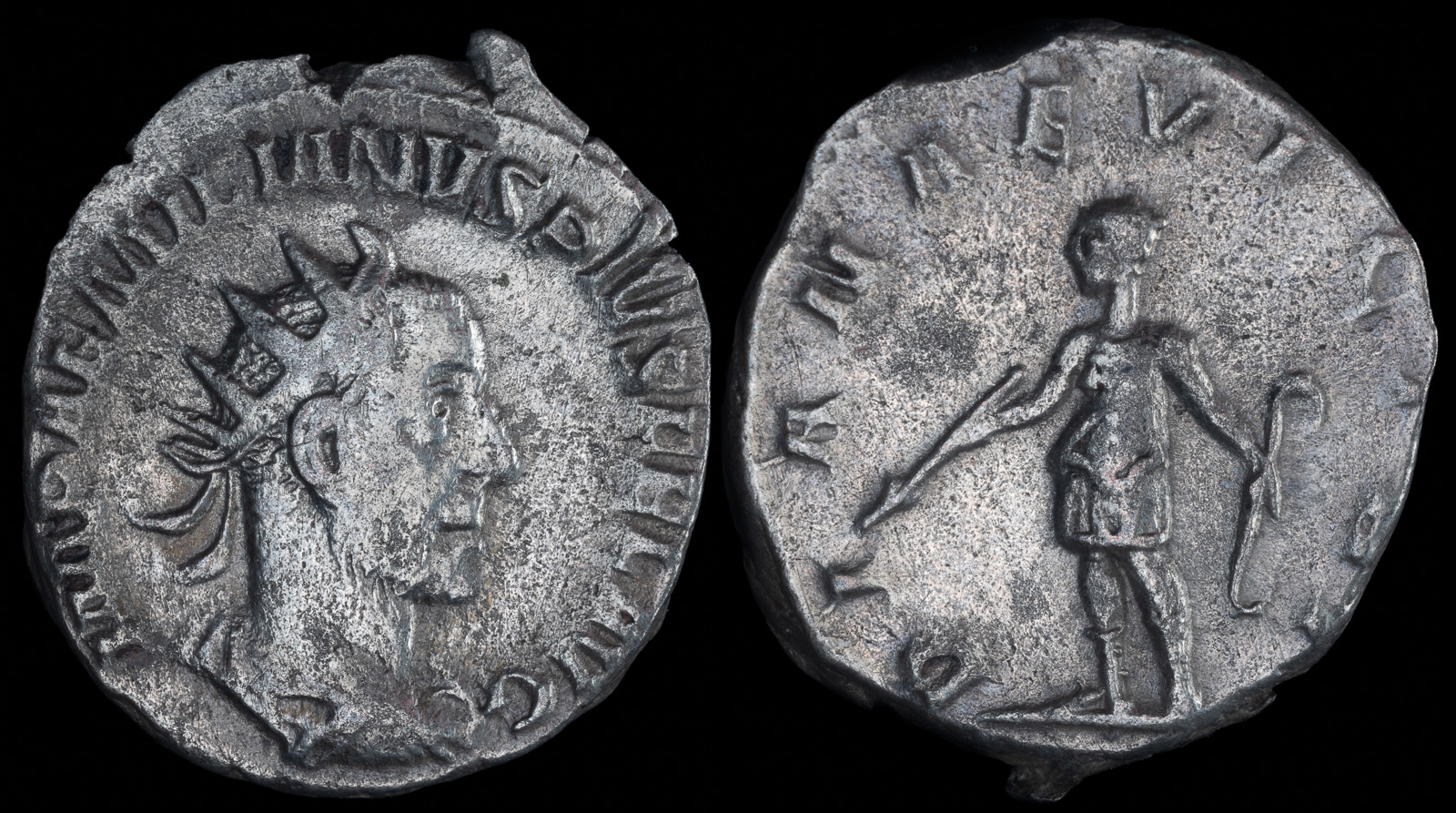Diana
View All Tags
In Roman culture, Diana retained many of Artemis’ associations with the hunt and the wilderness but was more explicitly tied to Roman ideals of civilization and community. While she was still a virgin goddess, Diana’s role expanded to include protecting women, particularly in childbirth, and safeguarding the plebeian class. Her worship was also more urbanized; for instance, her sanctuary at the Aventine Hill in Rome became a gathering place for freedmen and the lower classes. Diana’s association with the moon was also emphasized, aligning her with Roman conceptions of cosmic order and celestial influence.
The two goddesses also differed in their symbolic functions. Artemis was more closely connected to the wild, often depicted as a solitary figure with her bow and deer, emphasizing her role as a huntress and protector of nature. Diana, on the other hand, was seen as a more communal deity, bridging her ties to the wilderness with her role as a patron of the marginalized and a goddess of civic importance.

Aemilian
Rome 253 CE
AR Antoninianus 20mm, 4,29g, 5h
Radiate, draped, and cuirassed bust right /
DIANAE VICTRI, Diana standing left, holding arrow and bow
RIC IV 2b; RSC 10